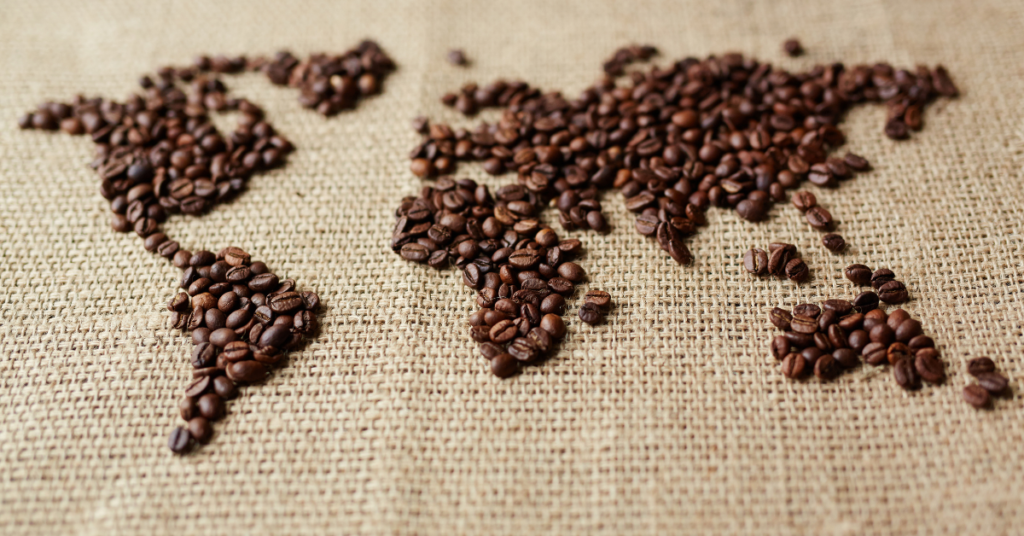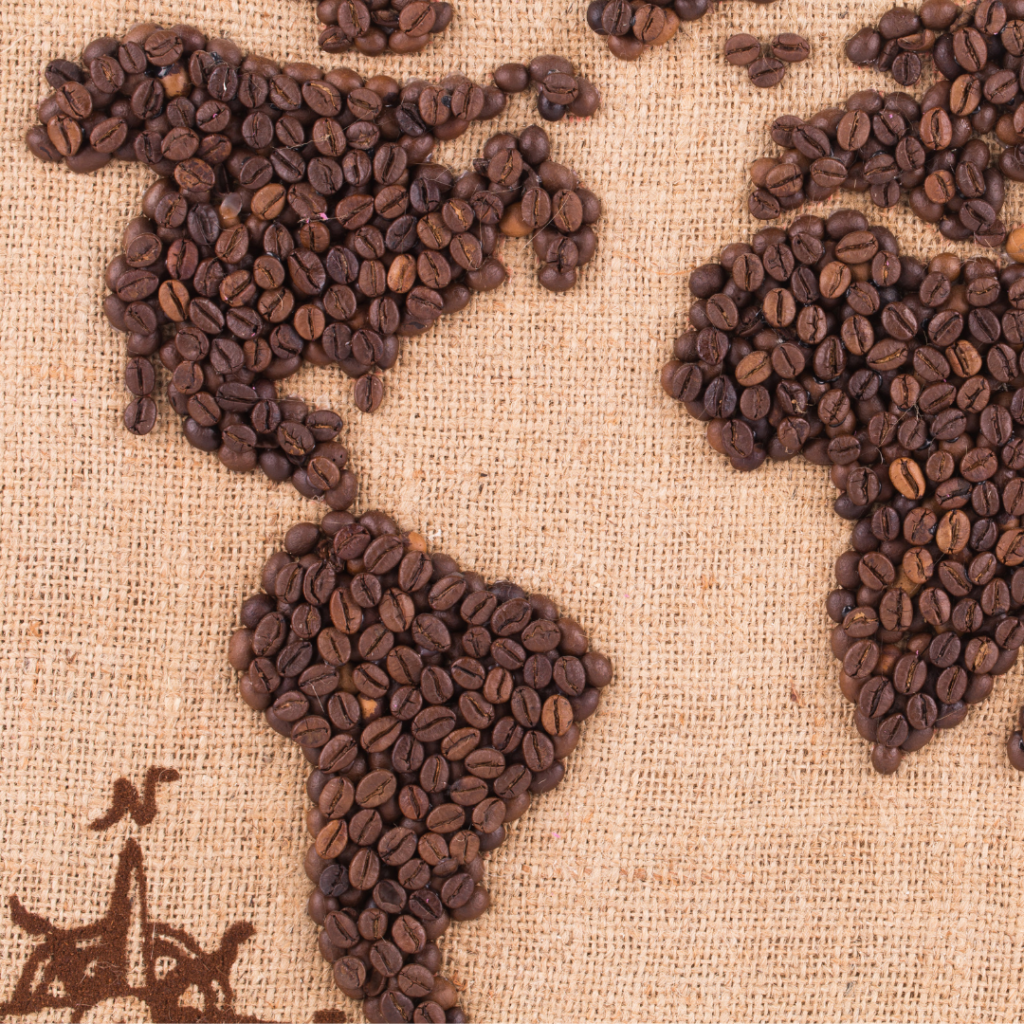What exactly is a ‘coffee palate’?
The term coffee palate is a tough one to define.
Since you-know-what began, we’ve been making more coffee at home than we’ve ever done before.
Maybe you’ve hit on a coffee you love, and that’s what you’re sticking with.
That’s a good thing…and a bad thing.
You have essentially fallen into a limited coffee palate.
There is a whole world of coffee to explore.
By expanding your coffee palate, you’ll develop the ability to identify different tastes, aromas, and subtle complexities in some incredible coffee.
How to expand your coffee palate
It’s all about trying coffee from different regions of the world.


We have a variety of roasts from the many roasters right here in our backyard.
Depending upon the brew method, coffee can taste differently.
Therefore, trying a few different brew methods with the same coffee beans can reveal diverse nuances.
Keep a coffee journal for notes on the brew method and what flavour profiles you detect.
Compare your notes with how the expert coffee tasters have described the coffee.
The Coffee Bean Belt: World’s coffee-growing regions
Coffee is grown in some 70 countries that lie within a horizontal band circling the globe.
This ecompasses all of the world’s coffee-growing regions.
Known as the Bean Belt, all coffee-growing countries have tropical climates, fertile soil and desirable, high altitudes for coffee trees to thrive.
Every region has unique characteristics that influence the flavour profiles of the coffee they produce.
Three Primary Coffee Regions: The Americas, Africa and Asia
The Americas:


Lush, tropical Central American countries that include El Salvador, Costa Rica, Guatemala, Panama and Honduras produce coffees with a range of flavour profiles from nutty and citrus to floral and spicy.
What to try to expand your coffee palate:

Café Ético – Guatemalan Dark roast with tasting notes of chocolate and nuts.


South American coffee-growing countries include Colombia, Peru and the largest coffee-producing country in the world – Brazil. South American coffees highlight notes of chocolate, fruit and nuts.
What to try to expand your coffee palate:

Mogiana Coffee – Espresso Roast from Brazil offers chocolate and buttery caramel tasting notes.
Africa:


Most African coffee is grown in Kenya, Rwanda, Uganda and the birthplace of coffee – Ethiopia.
With bright acidity and perhaps the fruitiest notes of any coffee in the world, professional coffee tasters often detect notes of tea in coffee from Africa.
What to try to expand your coffee palate:

Trees Organic Coffee – Ethiopia Light Roast with tasting notes of fruit, tea, floral and lemon.
Asia:


The region includes Thailand, Vietnam, Indonesia, Papua New Guinea and India.
Vietnam is second only to Brazil in coffee exports.
Described as earthy, even smoky sometimes, coffee from this region makes for a rich, deep cup.
Particularly coffee from the tropical Indonesian island of Sumatra can feature a fruity profile.
What to try to expand your coffee palate:


Some additional coffee-growing regions:
Outside of the three main coffee-growing regions, some stellar coffees come from Puerto Rico, Kona coffee grown on the Big Island of Hawaii, and Blue Mountain coffee from Jamaica.
Expand your coffee palate (Do it your way):
Don’t worry if you can’t detect the exact flavour notes the experts have tasted.
We all interpret flavour differently.
Roasted coffee beans contain more than 800 chemical compounds that contribute to aroma and flavour.
As you try a wide variety of coffees, it will lead you towards flavour profiles you enjoy while expanding your coffee palate.
If you are looking to experiment and expand your coffee palate, Roaster Central is your buddy here.
They offer a variety of roasts and flavour profiles delivered right at your door.
The How to Expand Your Coffee Palate to Explore New Flavors post is partner content. What this means is that it’s a paid post from Espressotec and Roaster Central. Their generous contributions towards these posts help me pay to keep this site free to use and read. If you missed their last post, you want to click here – it’s an amazing one to slot in before summer ends!

